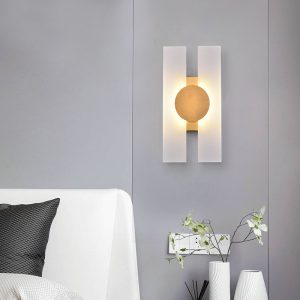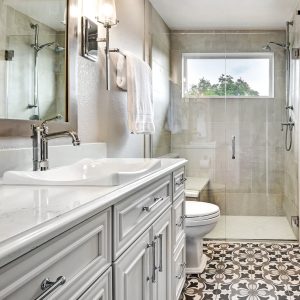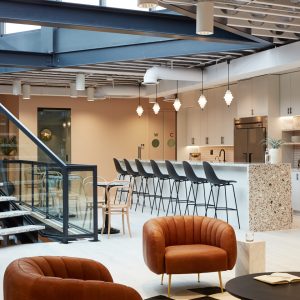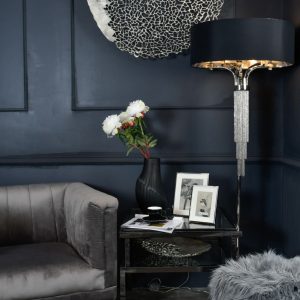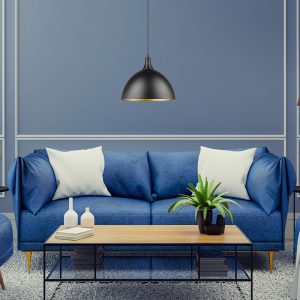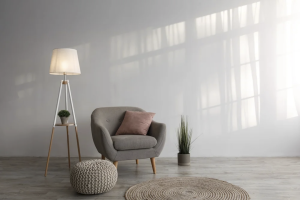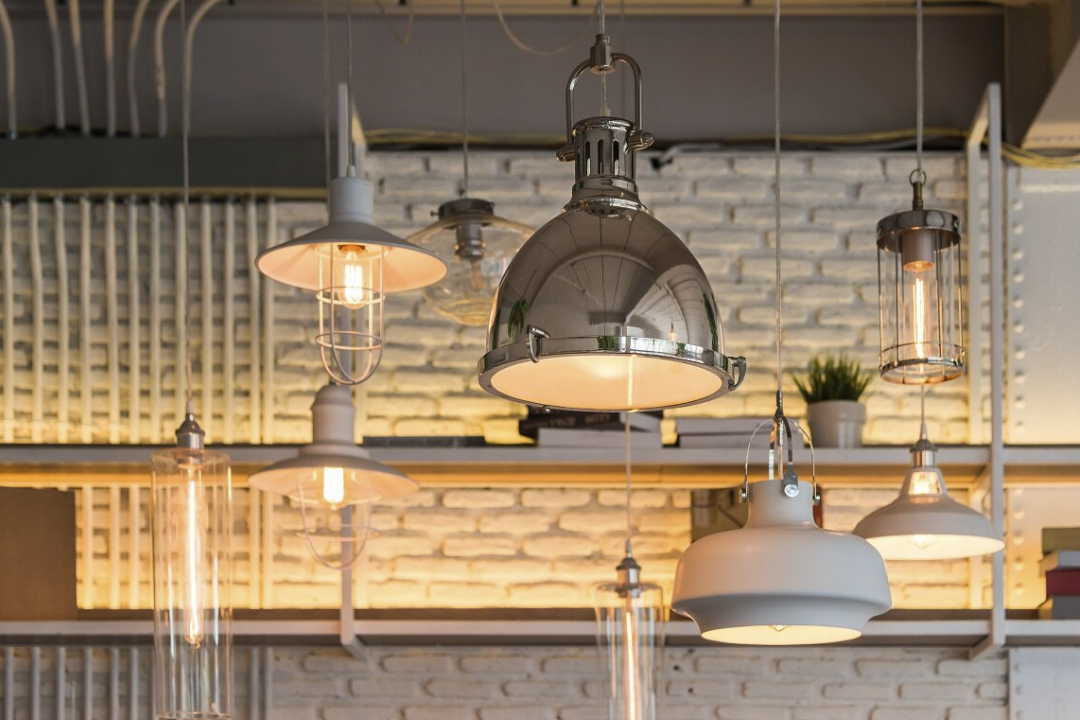
Modern pendant lights have emerged as a quintessential element in contemporary interior design, particularly in kitchens where functionality meets aesthetic appeal. These fixtures, suspended from the ceiling, serve not only as sources of illumination but also as striking design statements that can transform the ambiance of a space. The versatility of pendant lights allows them to complement various styles, from minimalist and industrial to rustic and eclectic.
Their ability to provide focused lighting makes them ideal for tasks such as food preparation and dining, while their diverse designs can enhance the overall decor of the kitchen. The evolution of pendant lighting Vololighting has seen a shift from traditional designs to more innovative and artistic interpretations. Today’s pendant lights come in an array of materials, shapes, and sizes, allowing homeowners to express their personal style while meeting practical lighting needs.
Whether it’s a sleek metal finish, a colorful glass shade, or a handcrafted wooden design, modern pendant lights can serve as focal points that draw the eye and elevate the kitchen’s aesthetic. As kitchens increasingly become the heart of the home, the choice of lighting plays a crucial role in creating an inviting and functional environment.
Choosing the Right Pendant Light for Your Kitchen
Selecting the appropriate pendant light for your kitchen involves considering several factors, including the size of the space, the height of the ceiling, and the overall design theme. For instance, in a small kitchen with low ceilings, opting for flush-mounted or smaller pendant lights can prevent the space from feeling cramped. Conversely, in larger kitchens with high ceilings, oversized pendants can create a dramatic effect and provide ample illumination over islands or dining areas.
It’s essential to strike a balance between scale and proportion to ensure that the lighting complements rather than overwhelms the space. Another critical aspect to consider is the style of the pendant light. A modern kitchen may benefit from sleek, geometric designs that incorporate materials like brushed nickel or matte black finishes.
In contrast, a farmhouse-style kitchen might be better suited to pendant lights featuring rustic elements such as wrought iron or vintage glass shades. Additionally, color plays a significant role; bright colors can add a playful touch, while neutral tones can create a more sophisticated atmosphere. Ultimately, the chosen pendant light should harmonize with existing decor while fulfilling its functional role.
Installation and Placement Tips for Pendant Lights
Proper installation and placement of pendant lights are vital for achieving both aesthetic appeal and functional lighting. When installing pendant lights over a kitchen island or dining table, a general rule of thumb is to hang them approximately 30 to 36 inches above the surface. This height ensures that the light is effective for tasks while allowing enough clearance for individuals seated at the table or working at the island.
If multiple pendants are used in a row, spacing them evenly—typically 24 to 30 inches apart—can create a cohesive look that enhances the overall design. In addition to height and spacing, it’s important to consider the direction of light emitted by the pendant. Some designs feature downward-facing shades that provide focused task lighting, while others may have open designs that allow light to diffuse throughout the room.
For kitchens with multiple work zones, incorporating different types of pendant lights can help delineate spaces and provide adequate illumination where needed. Furthermore, dimmer switches can be installed to adjust brightness levels according to different activities, from cooking to entertaining.
Benefits of Using Pendant Lights in the Kitchen
The advantages of incorporating pendant lights into kitchen design extend beyond mere aesthetics; they also enhance functionality and improve the overall atmosphere of the space. One significant benefit is their ability to provide targeted lighting for specific areas, such as countertops or dining tables. This focused illumination is particularly beneficial during meal preparation or when hosting gatherings, as it allows for better visibility and creates an inviting environment for guests.
Moreover, pendant lights can contribute to energy efficiency when chosen wisely. Many modern designs utilize LED bulbs, which consume significantly less energy than traditional incandescent bulbs while providing comparable brightness. This not only reduces electricity bills but also minimizes environmental impact.
Additionally, pendant lights can be integrated into smart home systems, allowing homeowners to control lighting remotely or set schedules for automatic adjustments based on time of day or occupancy.
How to Incorporate Pendant Lights into Your Kitchen Design
Incorporating pendant lights into kitchen design requires thoughtful consideration of both function and style. One effective approach is to use pendant lights as focal points that draw attention to key areas within the kitchen. For example, hanging a cluster of colorful glass pendants above an island can create a vibrant centerpiece that enhances the overall decor while providing essential task lighting.
Alternatively, using a single oversized pendant can make a bold statement in an otherwise minimalist space. Another strategy is to coordinate pendant lights with other elements in the kitchen. This could involve matching the finish of the pendants with cabinet hardware or appliances to create a cohesive look.
Additionally, considering the color palette of the kitchen can help in selecting pendant lights that either contrast or complement existing hues. For instance, if a kitchen features warm wood tones, choosing pendant lights with brass or gold accents can add warmth and richness to the design.
Maintenance and Cleaning Tips for Pendant Lights
Maintaining and cleaning pendant lights is essential for preserving their appearance and functionality over time. The specific cleaning methods may vary depending on the materials used in the fixture; however, there are general guidelines that apply across most designs. Regular dusting with a soft cloth can prevent buildup that may dull finishes or obscure light output.
For glass shades, using a gentle glass cleaner can help maintain clarity and shine without damaging delicate surfaces. When it comes to more intricate designs featuring multiple components or hard-to-reach areas, it may be beneficial to disassemble parts of the fixture for thorough cleaning. Before doing so, ensure that power is turned off at the circuit breaker to avoid any electrical hazards.
After cleaning, reassemble carefully and check that all components are securely fastened before restoring power. Regular maintenance not only keeps pendant lights looking their best but also extends their lifespan.
Energy-Efficient Options for Pendant Lights
As sustainability becomes increasingly important in home design, energy-efficient options for pendant lights are gaining popularity among homeowners seeking to reduce their carbon footprint. LED bulbs are at the forefront of this movement due to their long lifespan and low energy consumption compared to traditional incandescent bulbs. Many modern pendant light designs now come with integrated LED technology, providing bright illumination while minimizing energy use.
In addition to LED options, some manufacturers are exploring innovative designs that incorporate solar power or smart technology for enhanced efficiency. Solar-powered pendant lights can be particularly effective in spaces with ample natural light during the day, allowing them to charge and provide illumination at night without relying on grid electricity. Smart pendant lights equipped with sensors can adjust brightness based on ambient light levels or occupancy, further optimizing energy use while maintaining comfort in the kitchen.
Trending Styles and Designs for Modern Pendant Lights
The landscape of modern pendant lighting is continually evolving, with new trends emerging that reflect changing tastes and technological advancements. One prominent trend is the use of mixed materials in pendant designs, combining elements such as metal, glass, wood, and fabric to create visually striking fixtures that add depth and texture to spaces. This eclectic approach allows homeowners to personalize their lighting choices while ensuring they remain on-trend.
Another notable trend is the resurgence of vintage-inspired designs that evoke nostalgia while incorporating modern functionality. Fixtures that mimic classic styles—such as Edison bulb pendants or industrial-style metal shades—are being reimagined with contemporary finishes and energy-efficient technology. Additionally, minimalist designs featuring clean lines and geometric shapes continue to gain traction as they align with modern aesthetics focused on simplicity and elegance.
As homeowners seek unique ways to express their style through lighting, these trends offer exciting possibilities for enhancing kitchen design with modern pendant lights.

